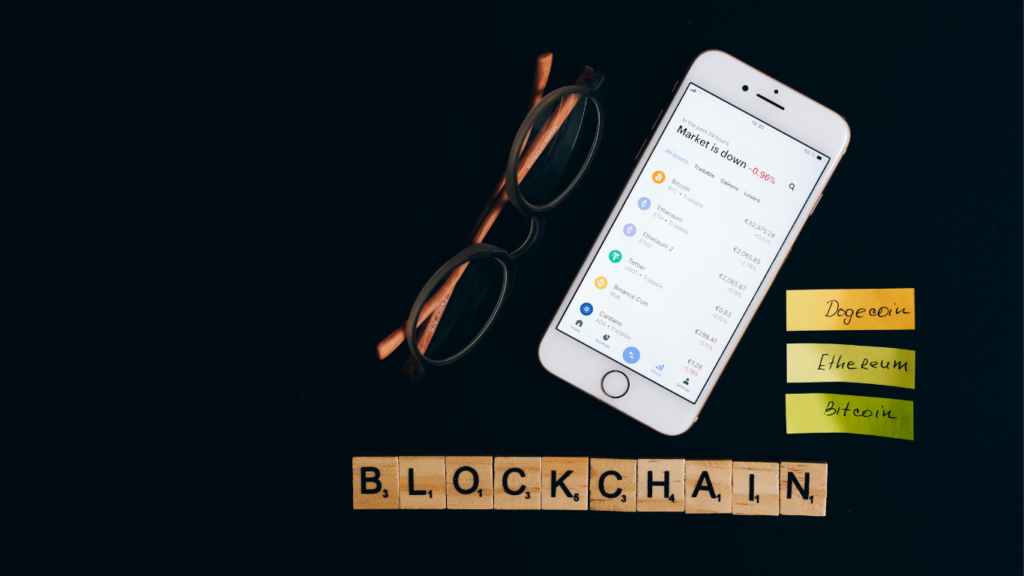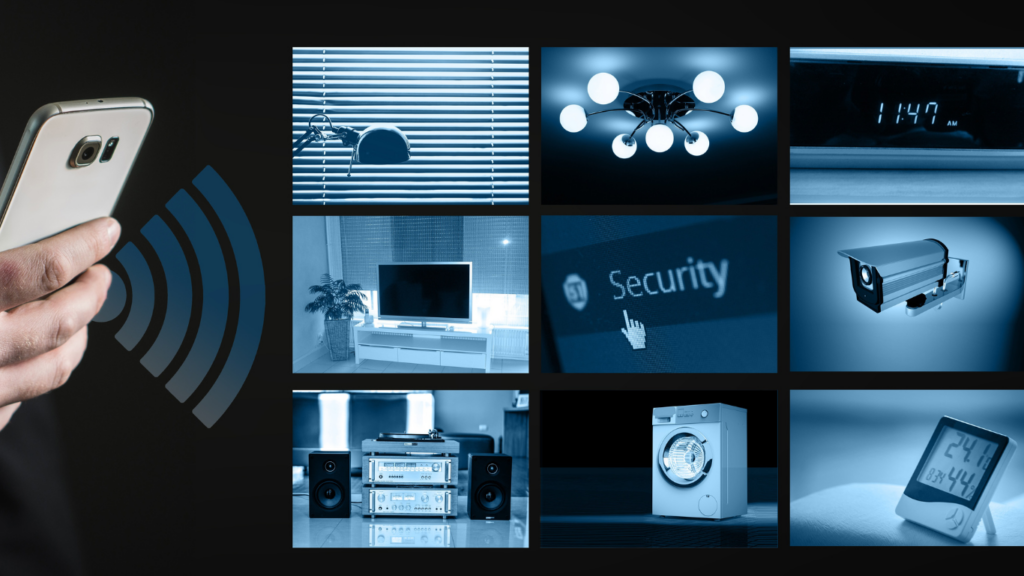The Rise of Artificial Intelligence
Artificial Intelligence (AI) drives unprecedented change in various industries. Its capabilities are expanding rapidly, reshaping how we interact with technology.
Machine Learning and Its Applications
Machine learning, a subset of AI, allows systems to learn and improve from experience without being explicitly programmed. Applications of machine learning include automated customer service, where chatbots offer immediate responses, predictive maintenance in manufacturing, optimizing machinery uptime, and healthcare diagnostics, identifying disease patterns from medical imaging. According to McKinsey, AI could potentially create $13 trillion in economic value by 2030, significantly impacting various sectors.
AI in Everyday Life
AI integration into daily life continues to grow. Smart assistants like:
- Siri
- Google Assistant
- Alexa
perform tasks ranging from setting reminders to controlling smart home devices. Personalized recommendations on platforms like Netflix and Amazon enhance user experience by suggesting content based on past behavior. Autonomous vehicles, another AI application, are set to revolutionize transportation, aiming to reduce accidents and improve traffic efficiency. By 2025, Statista predicts the global AI market will be worth $190 billion, underscoring its widespread influence.
Artificial Intelligence impacts life both broadly across industries and intimately in daily routines, demonstrating its transformative potential.
Blockchain Technology
Blockchain technology stands out as a transformative force in today’s digital landscape. It’s fostering significant advancements across various industries, introducing new efficiencies, and enhancing transparency.
Decentralized Finance (DeFi)
Decentralized Finance, popularly known as DeFi, revolutionizes traditional financial systems. Using blockchain infrastructure, DeFi platforms eliminate intermediaries, reducing costs and increasing access. By making financial services available to anyone with an internet connection, DeFi promotes financial inclusion. Examples of successful DeFi platforms include Ethereum, which facilitates smart contracts, and Uniswap, a decentralized trading protocol. According to DeFi Pulse, the total value locked (TVL) in DeFi protocols surpassed $80 billion by mid-2022, highlighting its rapid growth and potential.
Supply Chain Management
Blockchain enhances supply chain management by ensuring traceability and transparency. Each transaction recorded on an immutable ledger helps verify the product’s journey from origin to consumer. This tracking capability not only fights fraud but also improves efficiency by reducing delays and errors.
For instance, IBM’s Food Trust blockchain network lets consumers track the entire life cycle of produce, ensuring its authenticity and quality. According to a report by PwC, blockchain can reduce costs in supply chains by up to 5%, which demonstrates its significant impact on streamlining operations and increasing trustworthiness.
Blockchain technology’s role in fostering decentralized finance and optimizing supply chain management exemplifies its far-reaching capabilities, underscoring its critical role in shaping the future of innovation.
Internet of Things (IoT)

The Internet of Things (IoT) encompasses the network of interconnected devices that communicate and exchange data. This technology is set to revolutionize both personal and industrial environments by improving efficiency, security, and convenience.
Smart Homes and Cities
In smart homes, IoT devices include smart thermostats, security cameras, and lighting systems. These devices offer homeowners control over their environment, often through smartphone apps. For instance, a smart thermostat can learn a user’s schedule to optimize heating and cooling, saving energy.
Smart cities leverage IoT to improve urban living. Sensors can monitor traffic conditions, adjusting signals to reduce congestion. Waste management systems use connected bins to signal when collection is needed, optimizing routes and reducing costs. According to the Smart Cities Council, these innovations can improve quality of life and reduce municipal costs by up to 30%.
Industrial IoT
Industrial IoT (IIoT) enhances manufacturing and production processes. Connected sensors and machines communicate in real-time, allowing for predictive maintenance and reducing downtime. For example, in an automotive factory, sensors on machinery can detect parts that are wearing out and schedule maintenance before a breakdown occurs.
Logistics and supply chain management also benefit from IIoT. Tracking devices on shipments provide real-time data on location and condition, ensuring efficient and timely deliveries. According to a report by Accenture, IIoT could boost global GDP by $15 trillion by 2030 by enhancing productivity and efficiency across sectors.
5G and Connectivity
5G technology is rapidly transforming connectivity, expanding possibilities for communication and remote work.
The Impact on Communication
5G significantly enhances communication by providing faster data transmission and lower latency. With speeds up to 100 times faster than 4G, 5G ensures high-quality video calls and instant messaging. This new generation of networks supports the expansion of Internet of Things (IoT) devices, enabling seamless communication between smart home devices, connected cars, and urban infrastructure. Ericsson predicts 5G subscriptions will reach 3.5 billion by 2026, demonstrating its extensive reach and influence.
Enhancing Remote Work
- Remote work benefits immensely from 5G connectivity.
- The ultra-fast speeds and improved reliability of 5G facilitate smooth video conferencing, collaborative cloud-based tools, and real-time data sharing.
- According to Cisco, 58% of the global workforce could take advantage of remote work opportunities with the aid of 5G.
- This technology reduces lag and improves the user experience, making remote work more efficient and productive.
- Enhanced connectivity supports advanced applications like augmented reality (AR) and virtual reality (VR) for training and virtual meetings, fostering a more interactive and engaging remote work environment.
Extended Reality (XR)
Extended Reality (XR) encompasses Virtual Reality (VR), Augmented Reality (AR), and Mixed Reality (MR), transforming how we interact with digital environments and real-world applications. These technologies create immersive experiences for users, blending physical and digital elements to enhance various aspects of life and work.
Virtual Reality (VR) in Entertainment
Virtual Reality (VR) revolutionizes entertainment by providing immersive, interactive experiences. VR headsets create lifelike simulations where users can explore virtual worlds and engage in activities previously confined to the imagination. Video games benefit greatly, offering players a first-person perspective that enhances gameplay immersion. Titles like “Beat Saber” and “Half-Life: Alyx” exemplify VR’s potential to captivate audiences.
Film and television also leverage VR, allowing viewers to experience stories differently. For instance, platforms like Oculus TV offer immersive 360-degree videos, making audiences feel part of the narrative. Virtual concerts and events further demonstrate VR’s entertainment capabilities. Artists like Travis Scott have hosted virtual concerts in platforms like Fortnite, reaching millions and offering a new way to enjoy live performances.
Augmented Reality (AR) in Industry
Augmented Reality (AR) revolutionizes various industries by overlaying digital information on the physical world, enhancing real-time decision-making and productivity. In manufacturing, AR assists workers by displaying assembly instructions directly onto equipment, reducing errors and speeding up production. Applications like PTC’s Vuforia provide AR solutions for industrial use.
In the healthcare industry, AR allows surgeons to visualize anatomy during operations, improving precision. Platforms like Microsoft’s HoloLens offer medical practitioners the tools necessary for complex procedures. Retail also benefits from AR, with companies like IKEA and Amazon providing AR apps for customers to visualize products in their homes before purchasing, enhancing the shopping experience.
By transforming entertainment and industry practices, XR technologies bridge the gap between physical and digital realms, driving innovation and improving efficiency across sectors.


 Amelie Glover played a pivotal role in shaping the success of News Flip Network through her expertise and dedication. With a keen eye for detail, she focused on ensuring the platform’s content flows smoothly, making it both engaging and informative. Glover’s efforts in organizing the site’s structure and managing editorial tasks helped create a seamless user experience, enhancing the accessibility of news for readers around the world.
Amelie Glover played a pivotal role in shaping the success of News Flip Network through her expertise and dedication. With a keen eye for detail, she focused on ensuring the platform’s content flows smoothly, making it both engaging and informative. Glover’s efforts in organizing the site’s structure and managing editorial tasks helped create a seamless user experience, enhancing the accessibility of news for readers around the world.